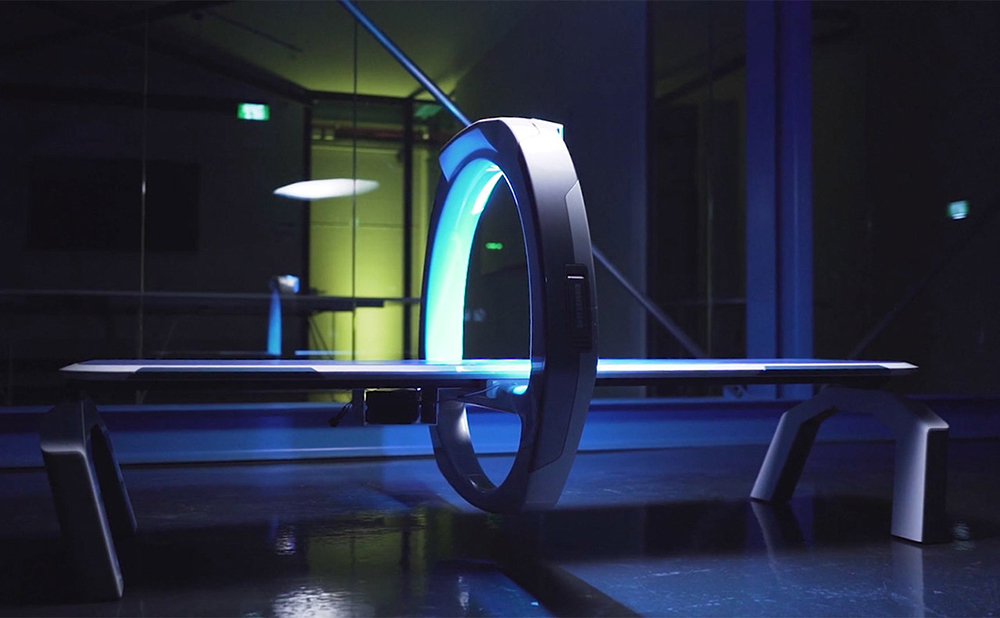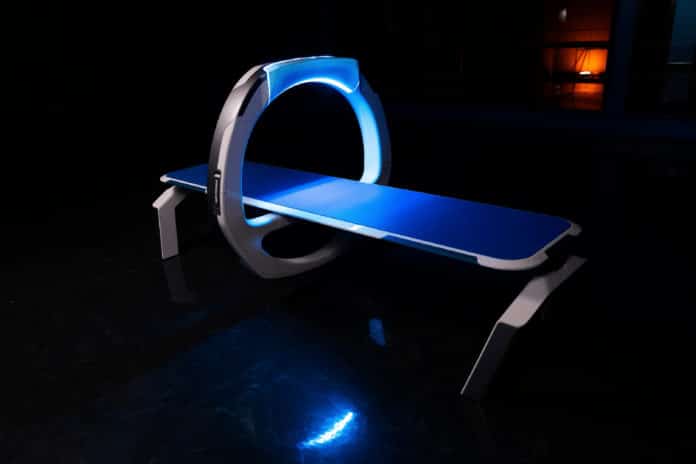We’re still far from the Star Trek-style tricorders that can instantly diagnose the disease, but medical startup Nanox hopes to bring a bit of the 24th century to a hospital near you. The company has unveiled a new low-cost X-ray machine called Nanox.Arc. The device is promising to reduce the costs of X-rays and CT scans, making them more accessible.
Current x-ray machines are bulky, requiring networks of rotating tubes with overheated filaments that produce clouds of electrons. These giant analog devices require heavy shielding to ensure patient safety and use a lot of energy.
Whereas, Nanox uses a digital system that can do without all of this. The only moving part is the portal, an x-ray ring that scans the entire body while the patient lies motionless on the couch. It weighs only 70 kg, takes up less space, and requires a much simpler installation – being also more practical since a single device can scan any part of the body. Without heating, it can be even safer.

Nanox plans to launch a cloud-based AI platform to process and analyze machine images. Instead of buying expensive devices for medical facilities, the company will offer devices on a “pay-per-scan,” and in return, will provide analysis of images based on AI and cloud services for clinics. Ultimately, it may be more affordable than buying a device.
Above all, the Nanox.Arc has not received regulatory approval, and it could take several years before this happens. Until then, it could just as easily be a tricorder.
So far, Nanox has now raised a total of $55 million to fund the development of Nanox.Arc, which supposedly offers the same capabilities as traditional X-ray machines with a much smaller footprint and lower operating costs. The company has plans to start shipping these futuristic X-ray machines in the first half of 2020. It hopes to deploy 15,000 units in the next two years, with the aim of making medical tests more available and affordable.
